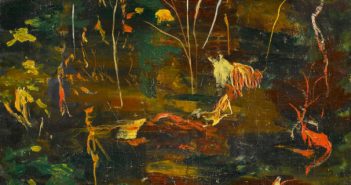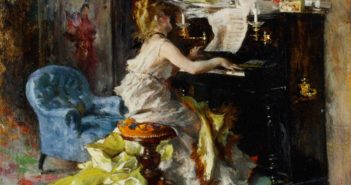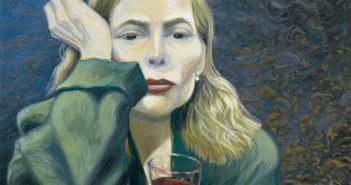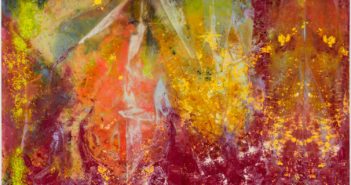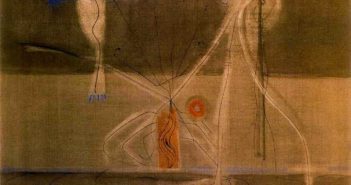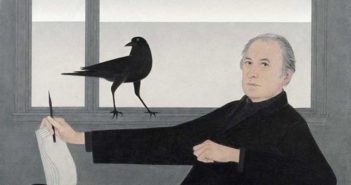
The aging artist
Older artists don’t necessarily lose their chops. New studies seem to show that the aging process actually improves certain abilities. At McMaster University in Canada, researchers found that elderly people are better able to grasp “the big picture” than younger people. As the big picture is a desirable element in all pictures, this insight has implications for artists both young and old. The study tested young and elderly volunteers. In a series of computer-generated images, the appearance of a set of bars changed while they watched.

